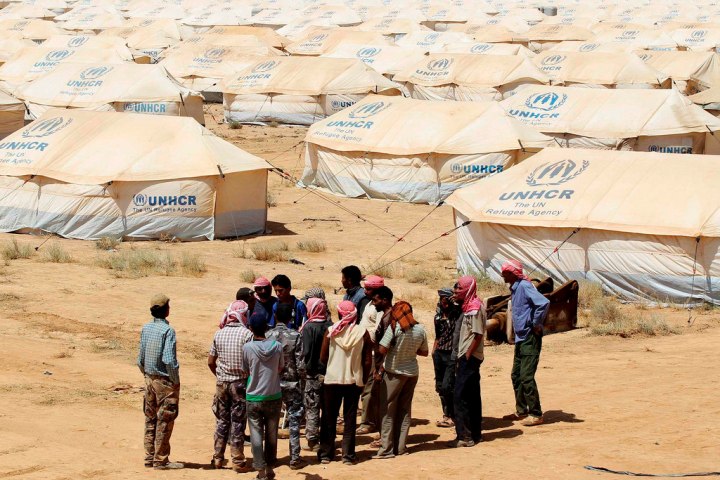UNHCR seeks to resettle up to 70,000 refugees for 31 countries in 2020
The largest number of UNHCR-facilitated resettlement departures last year was to the United States followed by Canada, the United Kingdom, Sweden, and Germany.

Out of 1.4 million refugees estimated to be in urgent need of resettlement worldwide, only 63,696 were resettled through UNHCR, the UN Refugee Agency, last year.
While the number of refugees resettled in 2019 increased modestly by 14 percent when compared to the previous year, in which 55,680 people were resettled, a tremendous gap remains between resettlement needs and the places made available by governments around the world.
“Resettlement is not a solution for all the world’s refugees but it is a life-saving measure to ensure the protection of those most at risk and whose lives often depend on it,” said Grainne O’Hara, UNHCR’s Director of International Protection.
The largest number of UNHCR-facilitated resettlement departures last year was to the United States followed by Canada, the United Kingdom, Sweden, and Germany.
Out of the more than 63,000 refugees resettled last year, the largest number originated from Syria, the Democratic Republic of Congo, and Myanmar.
Increasing refugee resettlement opportunities and other complementary pathways for admission, including through family reunification, work and study routes, is one of the key objectives of the Global Compact on Refugees. It is a tangible way for states to share responsibility and show solidarity with host countries supporting large refugee populations.
To work towards increasing the number of resettlement places and admissions, as well as expanding the number of countries offering these programs, a Three-Year Strategy on Resettlement and Complementary Pathways was launched last year by governments, non- governmental organisations, civil society, and UNHCR.
While the Strategy’s target of 60,000 resettlement departures to 29 states in 2019 has been achieved, UNHCR is worried that based on current projections, fewer refugees will be resettled this year. In 2020, the goal is for 31 countries to resettle up to 70,000 refugees referred by UNHCR.
Among UNHCR’s priorities, this year is to increase the number of resettlement places and the pool of countries admitting refugees on resettlement and other complementary pathways, as well as safeguarding the integrity of the resettlement program.
UNHCR and IOM have launched a joint initiative, the Sustainable Resettlement and Complementary Pathways Initiative (CRISP), to implement activities required to reach resettlement and complementary pathway objectives and are appealing to States to provide the necessary financial support of USD 19.9 million.
(With Inputs from APO)
- READ MORE ON:
- UNHCR
- refugees
- Grainne O’Hara









